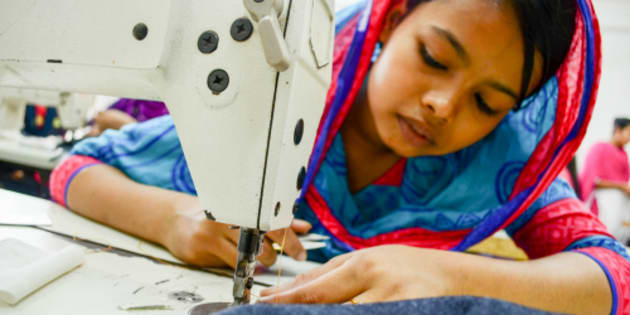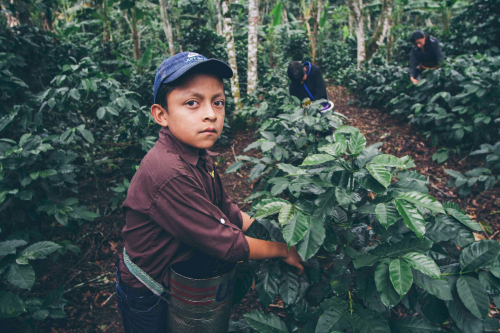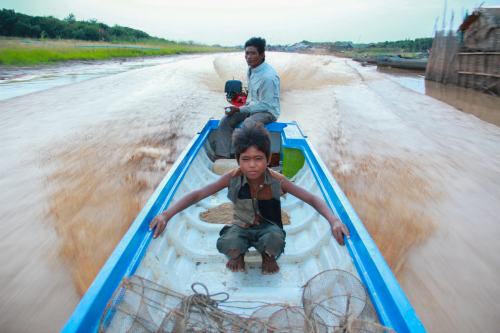21 Jul Canadian Consumers Shouldn’t Accept Child Labour In Their Products
by Joan Kelley Walker
We often have little or no idea about the manufacturing chain a given product passes through before it reaches our country.

WORLD VISION CANADA
I’m certain I speak for all Canadians when I say that no one wants to buy products that have been made by the hands of children forced into slave labour. That is fundamentally wrong on all levels. Everyone knows that.
I have a cottage where I host a lot of guests. I am constantly restocking household items. Of course I try to find the lowest prices, but at what expense?
It is heartbreaking to hear that, in some cases, children as young as five years old are forced to work in dangerous jobs. Their step of the process goes unrecognized, undocumented in the information that is passed on to the consumer.
These children should be in school. They should be enjoying their childhood. When they are old enough to work, they should be paid fairly and work in good conditions for reasonable hours.
I cannot sit idly by and watch this ‘chain” continue. How do we, as Canadian consumers find out where, how and by whom a product has been made, besides what we are told on the label or information given by the manufacturer?

CHELSEA MACLACHLAN/WORLD VISION CANADA
This young boy works on his family’s coffee farm. When he is older he will work on a larger plantation to earn money for his family.
We could be the problem
Canadians may unintentionally be supporting this situation in the products that we buy. Research shows that more than 1,200 companies operating in Canada are importing goods at high risk of child or forced labour.
I believe a key step is to rally our government to create tangible change. We need to insist on legislation for transparency of the entire chain of goods that enter our country. We deserve to know all the facts so we can make informed decisions about what products we purchase and how we are affecting children around the world. Imagine your own children in this situation!
According to World Vision, there are 168 million child labourers worldwide. Eighty-five million of these are in hazardous work, doing work that is harmful to their health and development. That is one in ten children worldwide.

WORLD VISION CANADA
Every year when the monsoon rains come to Cambodia, Khav drops out of school to work in the fishing industry. He’s been working since he was 10 years old.
So what can we do?
World Vision is rallying Canadians to ask our government to create legislation requiring large companies in Canada to publicly report on their efforts to monitor, address and prevent child labour in their supply chains on a yearly basis. This approach was successful in the UK.
How do we ask this of our government? There is an online petition through World Vision Canada’s No Child for Sale campaign.
Here are some more tips at home that you can do to help reduce the amount of goods at risk of child labour entering our country:
- Shop at vintage or second-hand shops
- Purchase artisan, hand-crafted items
- Shop at local farmers’ markets
- Upcycle old items
- Look for ethically certified or fair trade items
Change will not happen overnight, but we need to do what we can. We are so blessed to be in this beautiful country. Let’s rally together to make the world a better place for the children’s sakes, and your own ability to make ethical informed consumer decisions. That’s something I look forward to.
READ FULL ARTICLE



